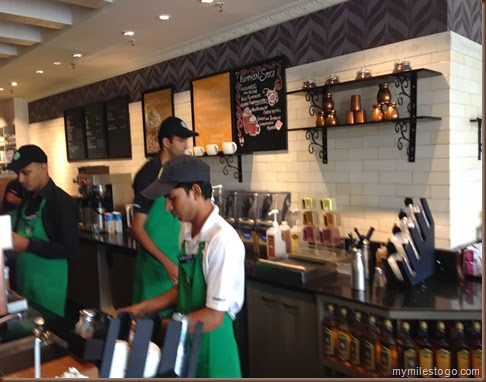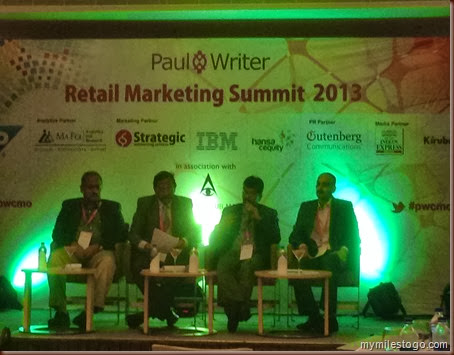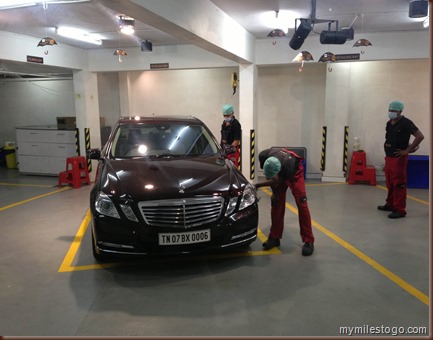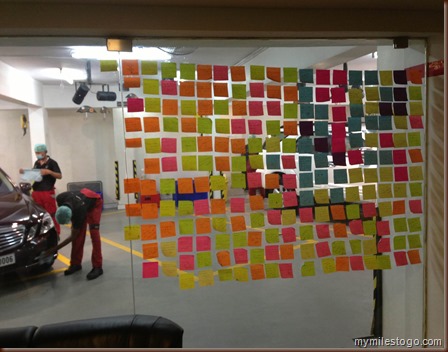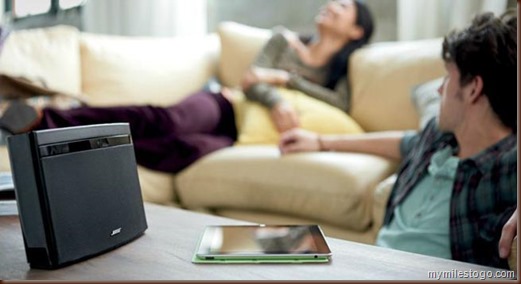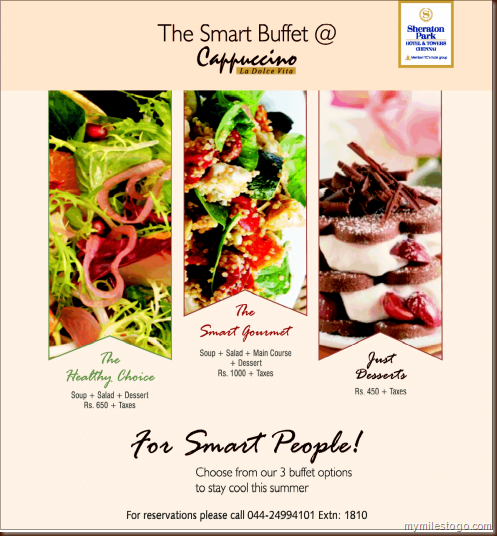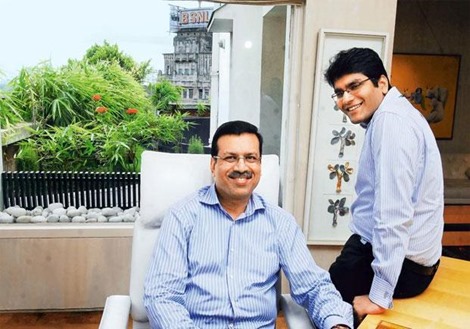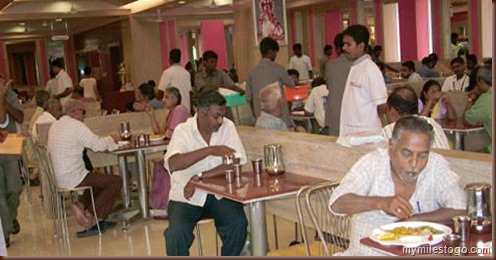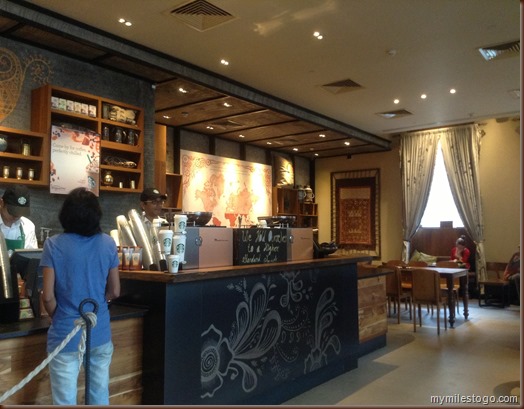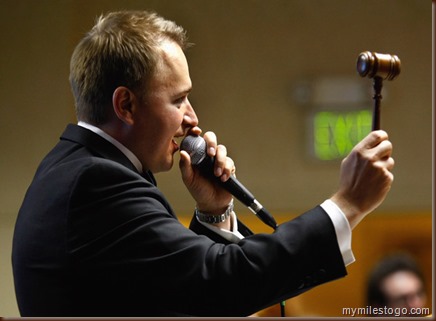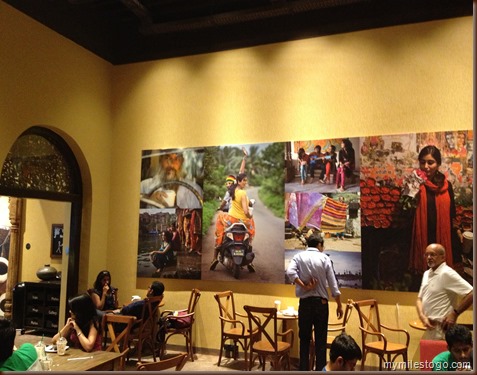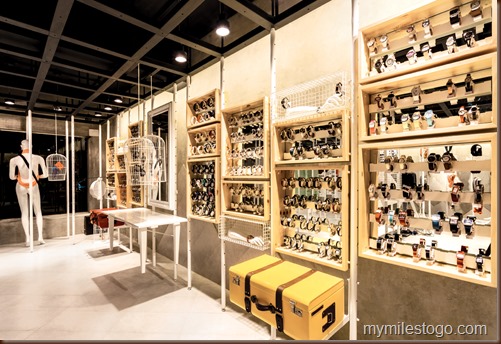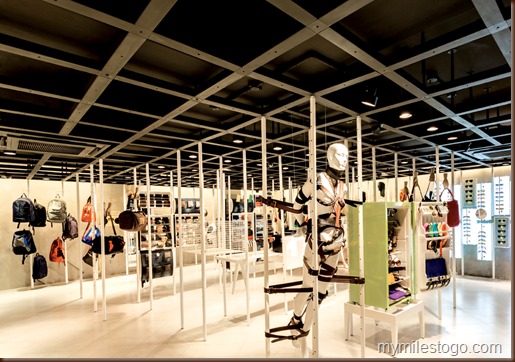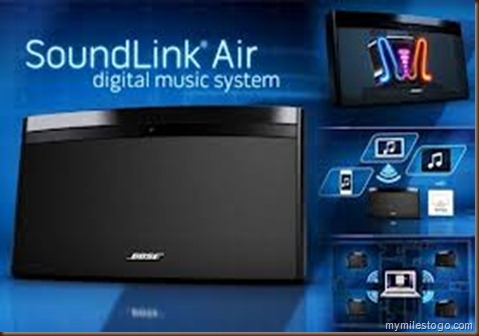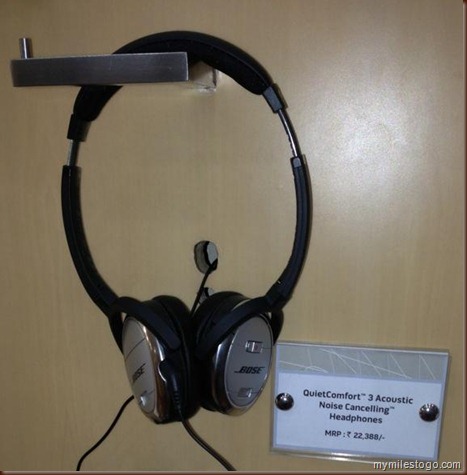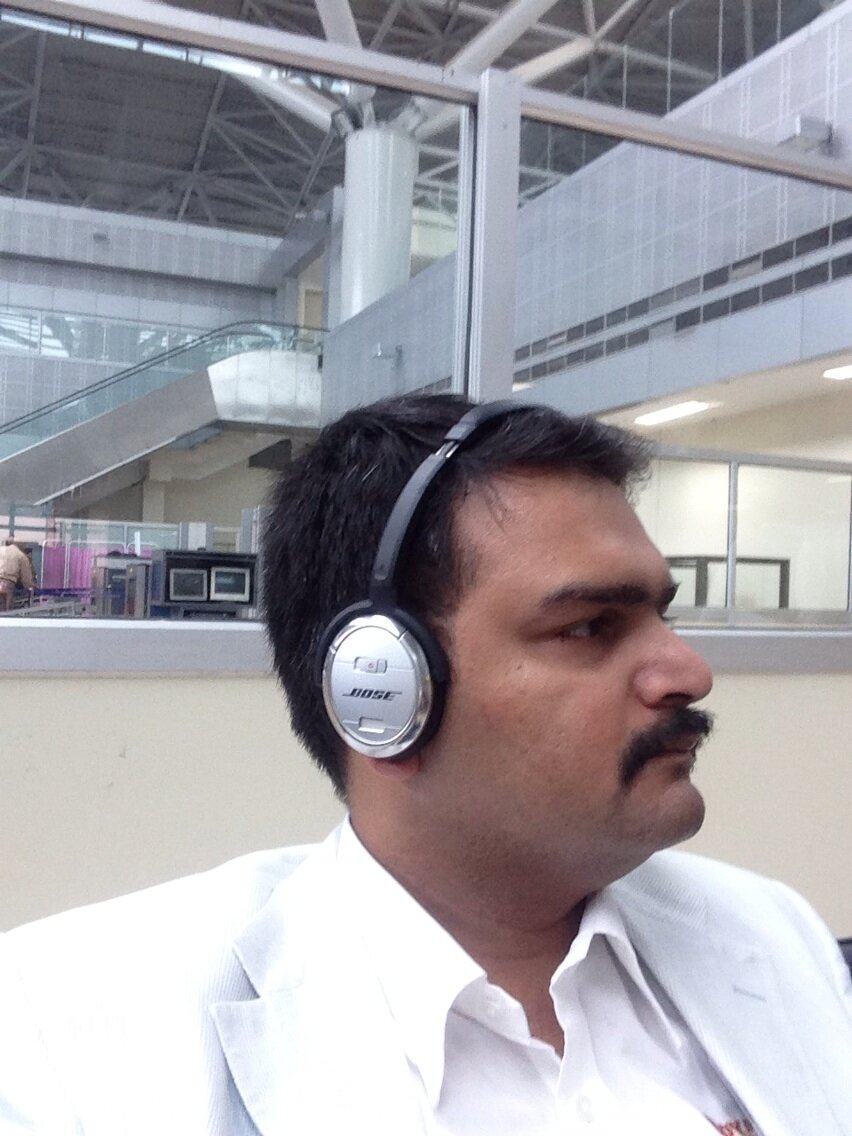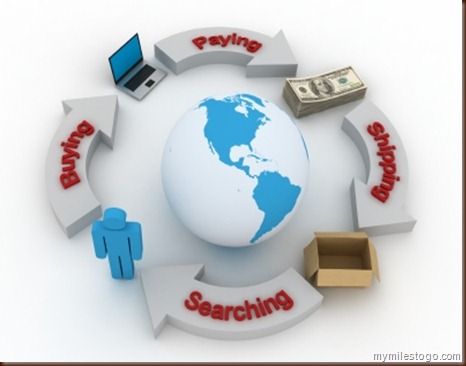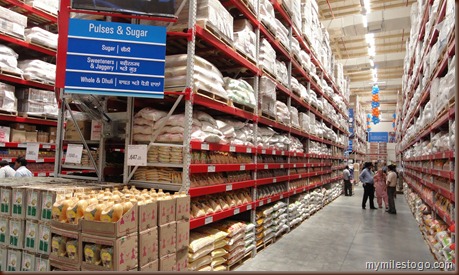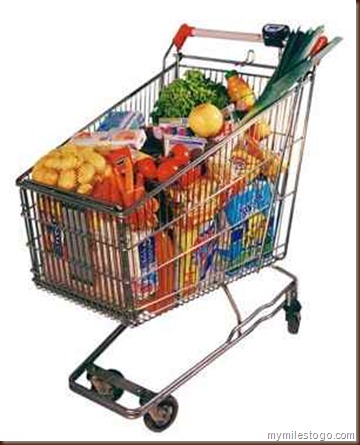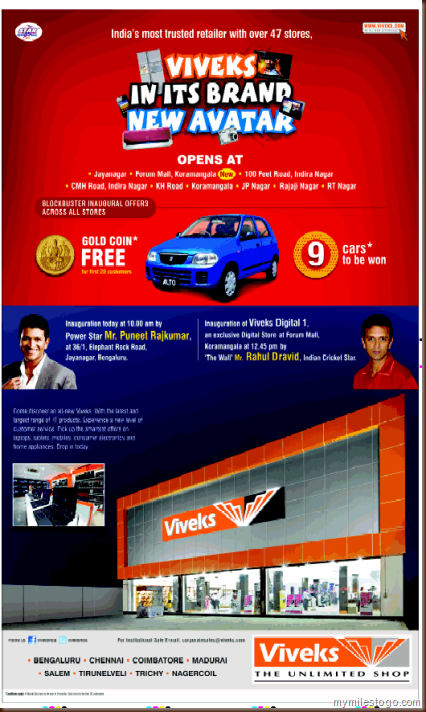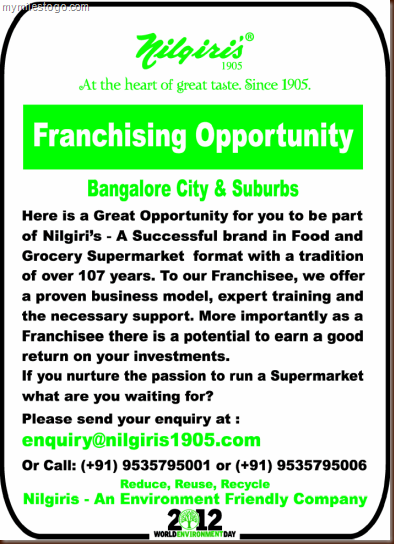It’s a misnomer that Luxury Brands do not discount. Of course, they do. Just that they don’t do it so loudly and obviously as other premium and streetwear brands. Except for brands such as Louis Vuitton, Rolex, Mont Blanc, to name a few, most other premium brands promote discount sales, albeit succinctly. In most cases, they are not at their own stores but at cozy 5 Star Hotels, where the Brands hire banquet halls and quietly carry on with their business. Even then, they need to communicate what’s on offer and choose smartly created advertisements and place them on national dailies. The purpose of hosting these so called “Exhibition cum Sales” is to ward off the junta crowd, most of them being on-lookers. The moment the venue is a Star Hotel, window shoppers would think twice to drop over. It doesn’t look nice, quite obviously to take a public transport to such a venue. Secondly, shoppers still feel intrigued to browse and shop in star hotels, traditionally where luxury products are being sold world over, with India not being an exception.
The other genuine reason is also that we do not have high quality luxury retail spaces in India except for the DLF Emporio Mall in Delhi, the Palladium in Mumbai and the UB City in Bangalore. While there is a small hub by the name Bergamo in Chennai (at Khader Nawaz Khan Road), the RPG Group is coming up with a luxury destination in Kolkata. Apart from these, there are hardly any retail spaces that fit in to the luxury brands’ portfolio. And that’s precisely the reason such Brands choose 5 Star Hotels as venues.
Over the weekend, one such event was hosted at The Westin, Chennai. Prada shoes for Rs. 25,000, Fendi belts for Rs. 15,000, Gucci Wallets for Rs. 18,000 and much more. Yes, these are apparently discounted prices. At 11.30am, on the only day of sale (being a Sunday), the room was full of discerning customers. Though there were hardly a few pieces in each line, most of them were being bought by those who had dropped in. Many of these brands are not available at Retail Stores in Chennai and shoppers have to travel either to Delhi or Mumbai or probably outside of India to get one for themselves. The smart sales team were even wooing visitors with catalogues, taking orders thereby fulfilling sales orders. The display of items was not as what one would expect in a Retail Store for such products, but perhaps suited well for the “Exhibition” theme.
I tried on the Prada loafers, size 11, but felt it was too tight. As is always the case, the prices were not mentioned on the items, be it wallets or shoes and many people who are price conscious would rather not dare ask for prices, unless they were sure to buy!
India needs varied Retail spaces. What we have now are either too large malls that cater to the middle class or star hotels that house Luxury Brands. We do not have suitable spaces for luxury brands. Malls chains like Phoenix Market City are cordoning off certain areas within the mall for luxury brands. Express Avenue, the only Mall of over a million square feet in the hart of Chennai has created a nice mix of brands. Its so secluded that regular shoppers don’t even pass by that side.
In the meanwhile, keep looking for advertisements in newspapers like the one above. You may be able to get a good deal on your favourite luxury brand in town!


